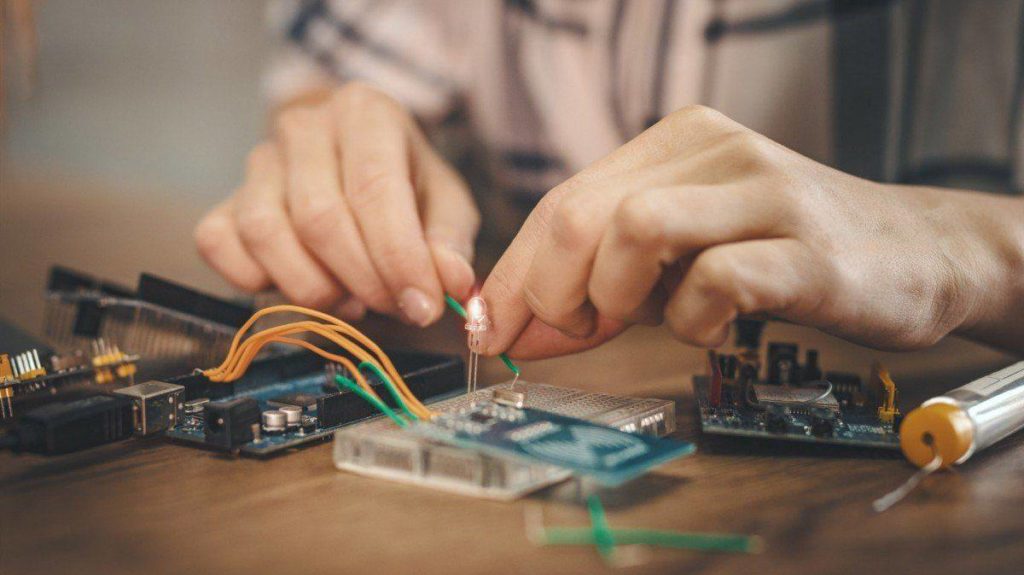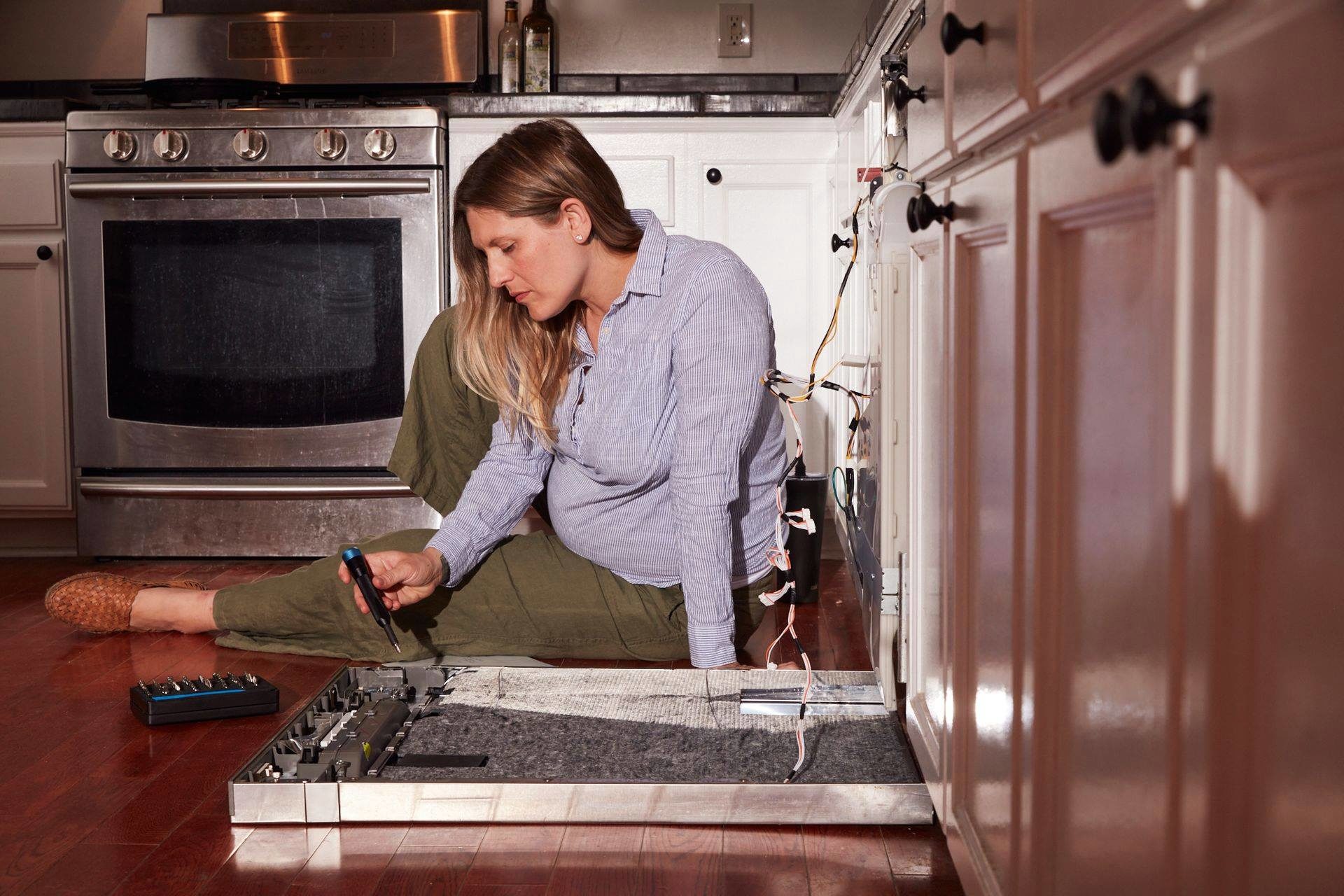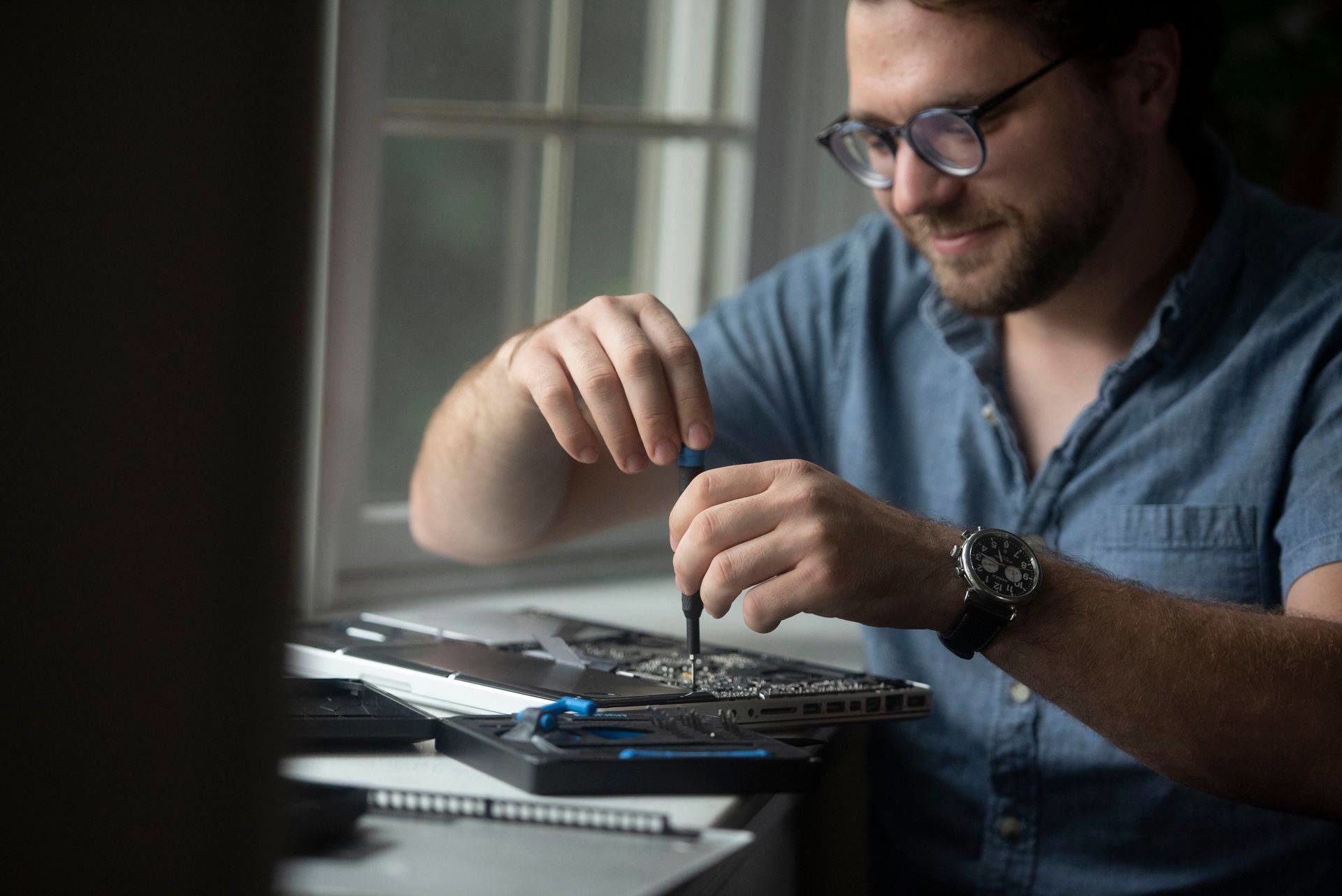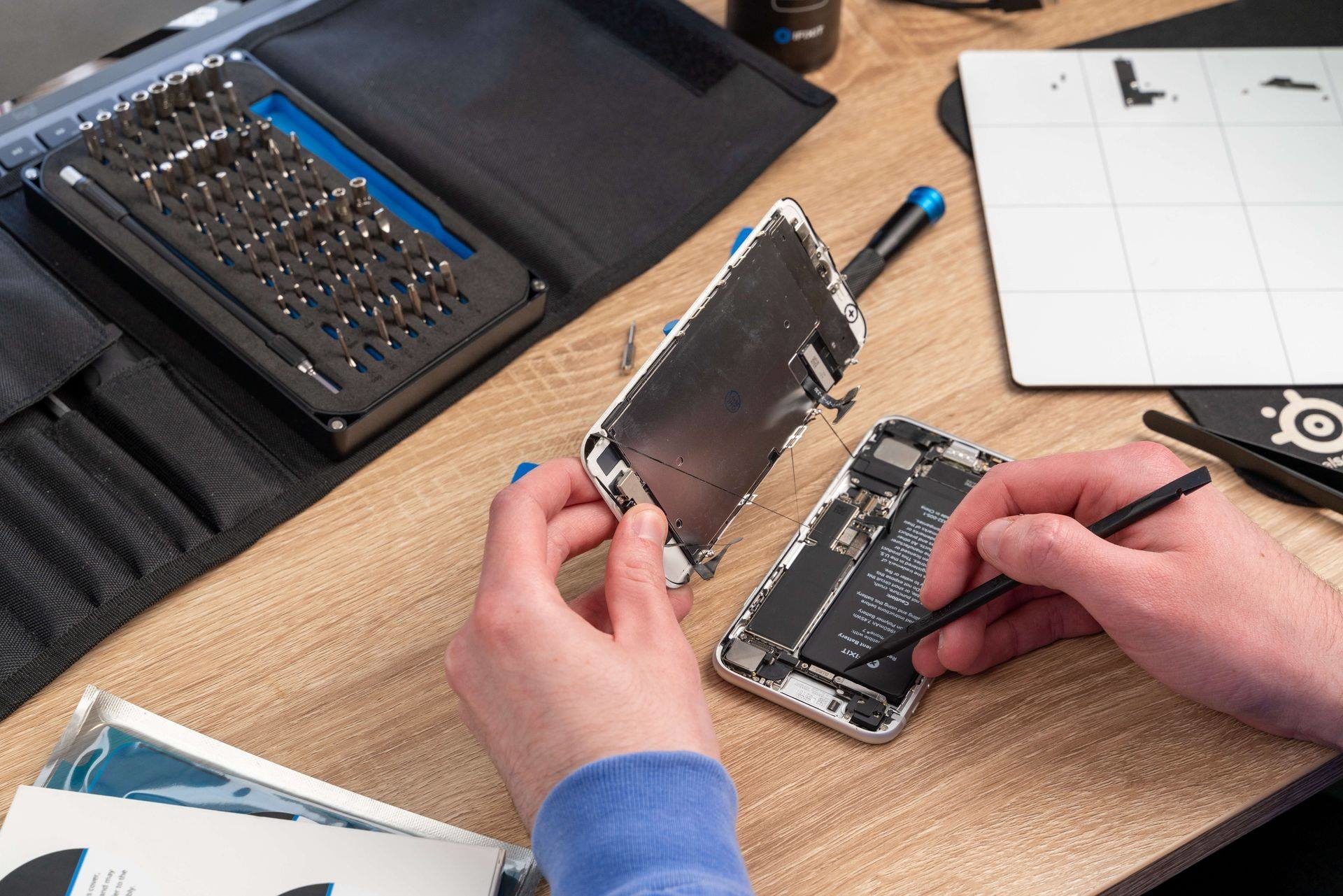United States (California)
Repair has always been a noble profession, but our increasing obsession with newer, better, faster means we have stopped fixing things. Instead we just replace our gear, which is definitely not cool – for the environment or your wallet.
However, we are starting to see a repair revolution as hacker culture makes tinkering around with your car and computer fashionable again, and people realise that mending things yourself saves money. But not everybody knows how to fix things. Sometimes turning your busted device “off and on again” just isn’t good enough. iFixit wants to change that – and fix the planet.
“Technology will make life on Earth better, if we take the care to do it right.”

iFixit was started in 2003 by Luke Soules and Kyle Wiens in a dorm room at Cal Poly, San Luis Obispo: “We started out fixing an old iBook together. There were no instructions on how to do it, so we started the way everyone does, the hard way,” they blog. “We broke some tabs and lost a few screws. But we fixed it!” The pair then attempted to fix some other laptops, but had trouble finding parts, so they bought a broken computer on eBay to cannibalise parts from – and iFixit was born.
iFixit is a global community of people helping each other repair things. The online site offers free wiki-like repair manuals for consumer electronics, and troubleshooting technicians. It also sells parts. Today it helps thousands of people do DIY every day – filling the ecosystem hole that companies like Apple create by manufacturing devices without an end-of-life maintenance and disposal strategy.
From a Mac to a games console to a car, iFixit currently offers over 168,019 solutions in 65,839 free manuals to over 30,676 devices – in English, German, Spanish, French, Italian, Dutch, Portuguese, Russian, Turkish, Chinese, Korean and Japanese. A quick search through the Answers forum throws up questions like, “Why is my rear wheel hub chattering when coasting?” and “Why is my phone draining so quickly?” (A universal sign of the times.) Video tutorials teach you how to fix a shattered iPhone screen or Amazon Echo Frames teardown.
“Technology will make life on Earth better, if we take the care to do it right,” explains Wiens, who knows that taking things apart and putting them back together connects us to our things and can halt our slide to a totally disposable culture. He doesn’t just want to turn us into DIY repairmen superheroes, but also educate the world about e-waste.
Electronics contain nasty chemicals. Panel displays contain mercury and plastic cases come coated with fire-resistant chemicals that contaminate soils and leach into the water supply if just discarded in landfills. Once you disassemble, repair, and put back together your laptop or iPhone, you have a much better understanding of what goes into it – and why you shouldn’t be simply chucking it out. “Our philosophy is that if you can’t open it, you don’t own it.”
AtlasAction: Become a fixer. Take iFixit’s repair pledge and learn more about the e-waste problem.
Project leader
Kyle Wiens and Luke Soules
Support the Atlas
We want the Atlas of the Future media platform and our event to be available to everybody, everywhere for free – always. Fancy helping us spread stories of hope and optimism to create a better tomorrow? For those able, we'd be grateful for any donation.
- Please support the Atlas here
- Thank you!




